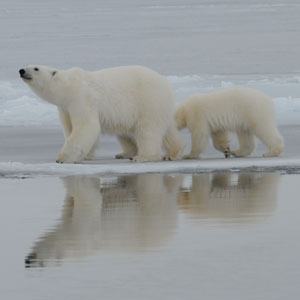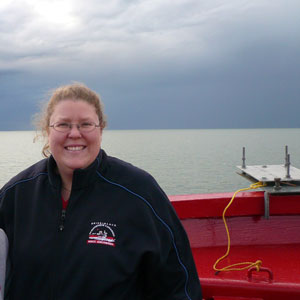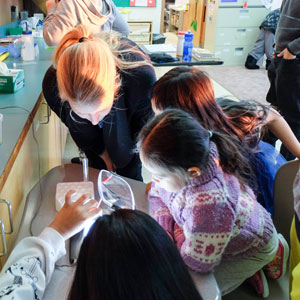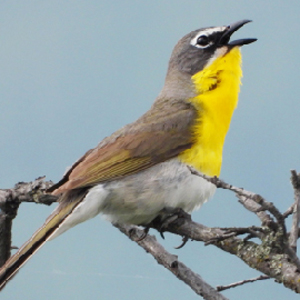Arctic Science Series: Seawater Monitoring in the Arctic
December 14, 2021
Environment and Climate Change Canada (ECCC) researchers have been studying contaminants in the Arctic through the Northern Contaminants Program run by Crown-Indigenous Relations and Northern Affairs Canada since the early 2000s. In recent years, the Community-based Monitoring of Seawater in Nain, Nunatsiavut began as a joint project between ECCC researchers and the Nunatsiavut government.
Arctic Science Series: Passion for the Polar Bear
December 7, 2021
Arctic Science Series: Contaminant Monitoring in the Arctic Archipelago
December 1, 2021
Research Scientist, Dr. Liisa Jantunen, explains that it is important to study contaminants as many accumulate in the Arctic where levels of concentration can be higher and long-term impacts are unknown. “Certain substances are considered forever chemicals as it is hard for the environment to break them down,” she says.
Inuit Knowledge, Science and ECCC: collaborations for better understanding of northern ecosystems
November 2, 2021
Collaboration key to continuing field research during COVID-19
May 5, 2021
British Columbia-based ECCC Research Scientist, Christine Bishop, has collaborated with the En’owkin Centre in the Okanagan Valley in the interior of the province for the last twenty years to advance their mutual interest in the conservation of the Western Yellow-breasted Chat. Despite not being able to travel to Penticton in 2020, Christine says the strong foundation in partnership between the two organizations, combined with an adaptive field work protocol, empowered the En’owkin Centre to continue the research project. “When you have a long-term database, you might think one year is just another dot on the graph,” she says. “But it’s actually really important, when you are talking about wildlife populations, to be able to track them from one year to the next because things can change a lot between years.”





